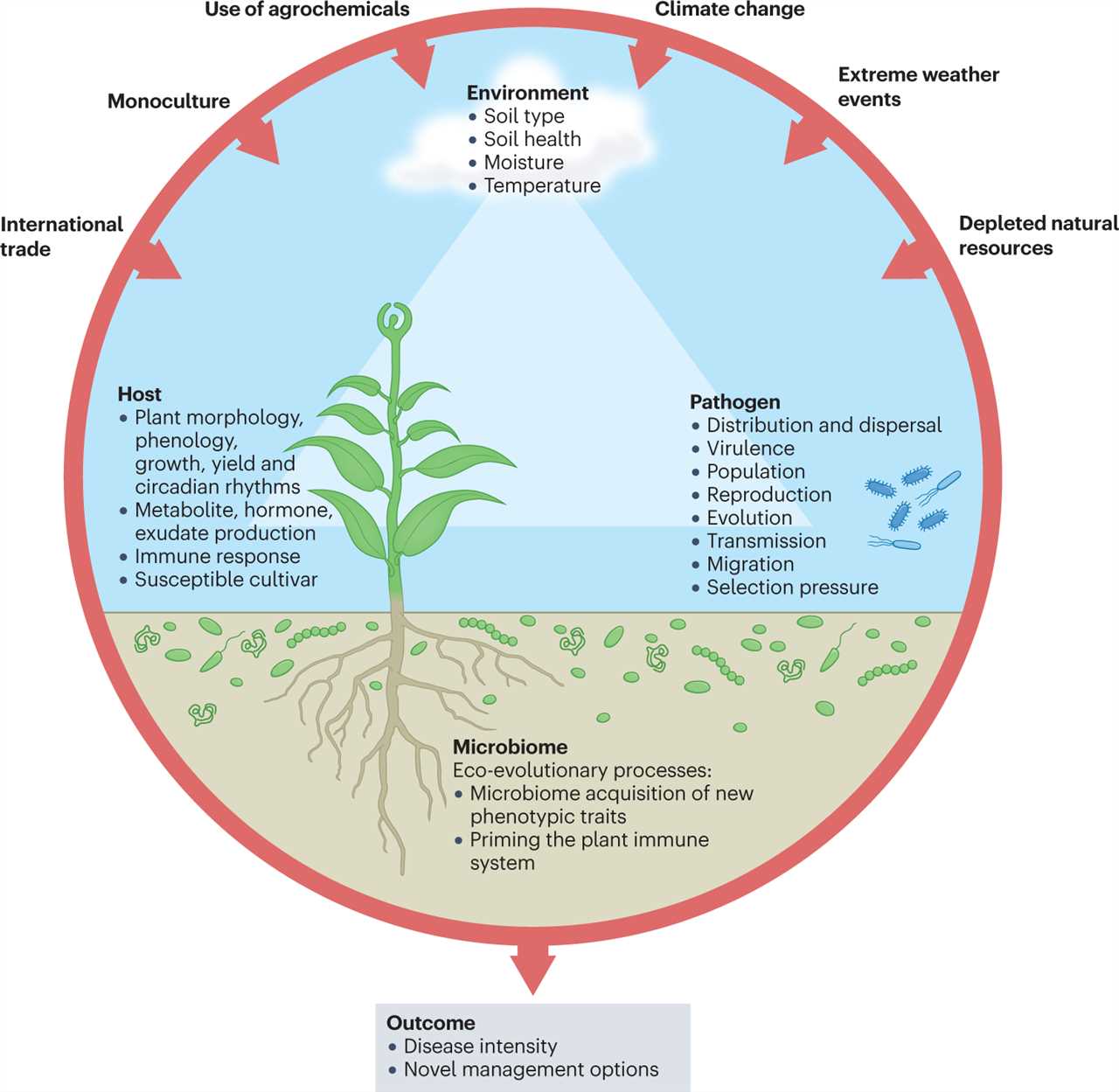
Microbes, the tiny organisms that exist everywhere around us, have proven to be remarkably resilient in the face of various stresses. From extreme temperatures to toxic chemicals, these resilient microbes have developed ingenious mechanisms to adapt and survive in challenging environments.
One of the key factors that contribute to the resilience of microbes is their ability to rapidly evolve and adapt to changing conditions. Through a process known as genetic mutation, microbes can acquire new traits that enable them to withstand harsh environments. This remarkable adaptability allows microbes to not only survive but also thrive in places where other organisms would perish.
Microbes have also developed unique strategies to cope with specific stresses. For example, some microbes produce protective proteins that shield them from high temperatures or extreme pH levels. Others have the ability to form dormant spores that can survive for extended periods until more favorable conditions arise.
Furthermore, the resilience of microbes is not limited to physical stresses. Microbes have also evolved mechanisms to combat chemical stresses, such as exposure to antibiotics or pollutants. Some microbes possess enzymes that can break down toxic substances, while others have developed resistance genes that render them unaffected by certain drugs.
In conclusion, the resilient nature of microbes is a testament to their incredible ability to adapt and survive in challenging environments. Through genetic mutation, unique coping strategies, and chemical resistance mechanisms, these tiny organisms have managed to thrive where others would fail. Understanding the resilience of microbes can provide valuable insights into the development of new strategies for combating various stresses and improving human health.
Microbial Adaptation to Extreme Temperatures

Microorganisms are known for their ability to adapt to various environmental stresses, including extreme temperatures. These resilient microbes have developed unique strategies to survive and thrive in challenging thermal conditions.
One of the key mechanisms of microbial adaptation to extreme temperatures is the production of heat shock proteins. These proteins help protect the cell from thermal damage by stabilizing proteins and preventing their denaturation. Additionally, heat shock proteins assist in the refolding of misfolded proteins, ensuring proper cellular function.
Another important adaptation strategy is the modification of membrane composition. Microbes living in extreme heat or cold environments often alter the lipid composition of their cell membranes to maintain fluidity and integrity. This allows them to adapt to the fluctuating temperatures and maintain essential cellular processes.
Furthermore, some microorganisms have developed unique metabolic pathways that enable them to utilize alternative energy sources at extreme temperatures. These pathways allow them to survive in environments where traditional energy sources are limited or unavailable.
Microbes adapted to extreme temperatures have also been found to have enhanced DNA repair mechanisms. These mechanisms help repair DNA damage caused by thermal stress and prevent mutations that could be detrimental to the organism’s survival.
Overall, microbial adaptation to extreme temperatures is a fascinating area of research that highlights the incredible resilience and adaptability of these organisms. Understanding the mechanisms behind their survival in challenging thermal environments can provide valuable insights into the potential for life in extreme conditions on other planets.
Cold-loving Microbes: Surviving in Arctic Conditions
Arctic environments present extreme challenges for life forms due to the harsh cold temperatures and limited resources. However, resilient microbes have adapted to these stresses and can thrive in these challenging conditions.
One of the key adaptations of cold-loving microbes is their ability to withstand freezing temperatures. These microbes have developed mechanisms to protect their cell structures from ice formation, such as producing antifreeze proteins that prevent ice crystal formation. This allows them to continue functioning even in sub-zero temperatures.
In addition to surviving freezing temperatures, cold-loving microbes have also evolved strategies to cope with limited nutrient availability. They can efficiently scavenge and utilize scarce resources in the Arctic environment, enabling them to sustain their metabolism and growth. Some microbes even form symbiotic relationships with other organisms, such as lichens, to access additional nutrients.
Furthermore, cold-loving microbes have unique adaptations to deal with the low sunlight levels in the Arctic. They can utilize alternative energy sources, such as chemosynthesis, to generate energy for survival. This ability to harness energy from non-traditional sources gives them a competitive advantage in these light-limited environments.
Overall, the resilience and adaptability of cold-loving microbes enable them to thrive in the challenging Arctic conditions. These microbes play crucial roles in nutrient cycling, decomposition, and ecosystem functioning in the Arctic ecosystem, highlighting the importance of understanding their survival strategies in order to better comprehend the overall resilience of life in extreme environments.
Heat-resistant Microbes: Thriving in Volcanic Environments
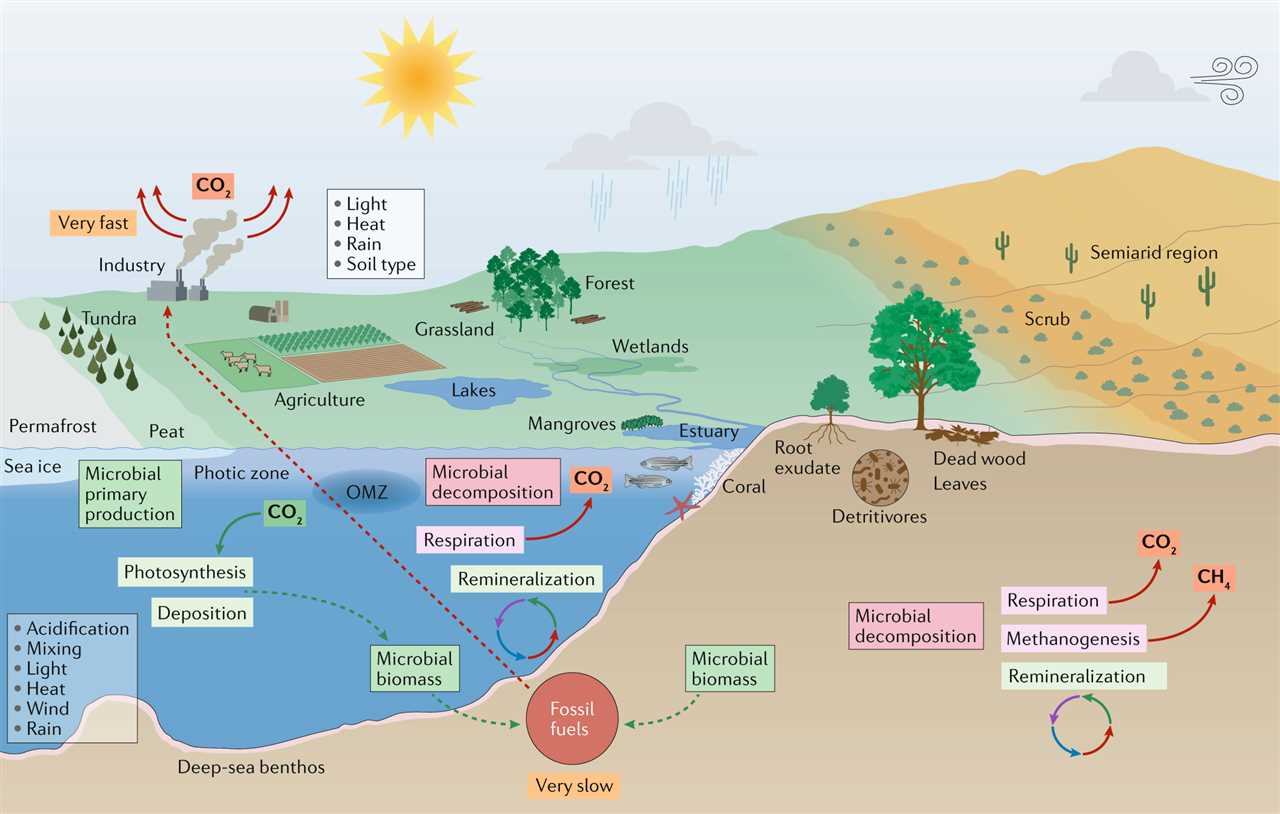
Microbes are known for their resilient nature and their ability to adapt to various environmental conditions. One particular group of microbes that have mastered the art of survival in challenging environments are the heat-resistant microbes. These fascinating organisms have evolved to thrive in the extreme heat and harsh conditions of volcanic environments.
Volcanic environments are characterized by high temperatures, acidic conditions, and a lack of nutrients. While these conditions may seem inhospitable to most life forms, heat-resistant microbes have found a way to not only survive but also thrive in this hostile environment.
One of the key adaptations that allow heat-resistant microbes to survive in volcanic environments is their ability to withstand high temperatures. These microbes have developed unique heat-shock proteins that protect their cellular structures from damage caused by extreme heat. These proteins act as molecular chaperones, ensuring that the proteins inside the cells are properly folded and functional even under high temperatures.
Additionally, heat-resistant microbes have also developed mechanisms to cope with the acidic conditions in volcanic environments. They produce enzymes and other molecules that help them maintain a stable internal pH, allowing them to survive in highly acidic environments.
Furthermore, these resilient microbes have evolved to extract nutrients from the limited resources available in volcanic environments. They have developed specialized metabolic pathways that allow them to efficiently utilize the scarce nutrients present in volcanic soils and rocks.
The ability of heat-resistant microbes to thrive in volcanic environments has important implications for astrobiology and the search for extraterrestrial life. The extreme conditions found in volcanic environments on Earth are similar to those that may exist on other planets and moons in our solar system. By studying these heat-resistant microbes, scientists can gain insights into the types of organisms that may be able to survive in such environments and potentially discover clues about the existence of life beyond Earth.
In conclusion, heat-resistant microbes are a remarkable example of the adaptability and resilience of microbial life. Their ability to thrive in the extreme heat and harsh conditions of volcanic environments is a testament to their remarkable survival strategies. By studying these microbes, scientists can gain valuable insights into the limits of life and the potential for life to exist in even the most challenging environments.
Microbial Survival in Harsh Chemical Environments
Microbes are known for their incredible adaptability and resilience in the face of challenging environmental conditions. One particularly remarkable aspect of microbial survival is their ability to thrive in harsh chemical environments.
In many natural and industrial settings, microbes encounter high concentrations of toxic chemicals, such as heavy metals, acids, and organic pollutants. These chemicals can be lethal to most organisms, but certain microbes have evolved unique mechanisms to survive and even thrive in such conditions.
One strategy employed by resilient microbes is the development of specialized metabolic pathways that allow them to metabolize and detoxify these harsh chemicals. For example, some bacteria have the ability to transform toxic heavy metals into less harmful forms through a process called bioremediation. Others can break down complex organic compounds into simpler, less toxic molecules.
In addition to their metabolic adaptations, microbes in harsh chemical environments often form protective structures, such as biofilms. Biofilms are communities of microbes surrounded by a matrix of extracellular substances. These biofilms provide physical protection against the toxic chemicals and allow the microbes to communicate and coordinate their activities, further enhancing their survival.
Furthermore, some resilient microbes have the ability to enter a dormant state, known as spore formation, when faced with unfavorable conditions. Spores are highly resistant structures that can withstand extreme temperatures, desiccation, and exposure to toxic chemicals. This survival strategy allows microbes to persist in harsh chemical environments for extended periods until more favorable conditions arise.
The study of microbial survival in harsh chemical environments has important implications for various fields, including environmental remediation, biotechnology, and medicine. Understanding the mechanisms underlying microbial resilience can help us develop strategies to mitigate the harmful effects of toxic chemicals and harness the potential of these resilient microbes for various applications.
Acidophiles: Thriving in Acidic Conditions
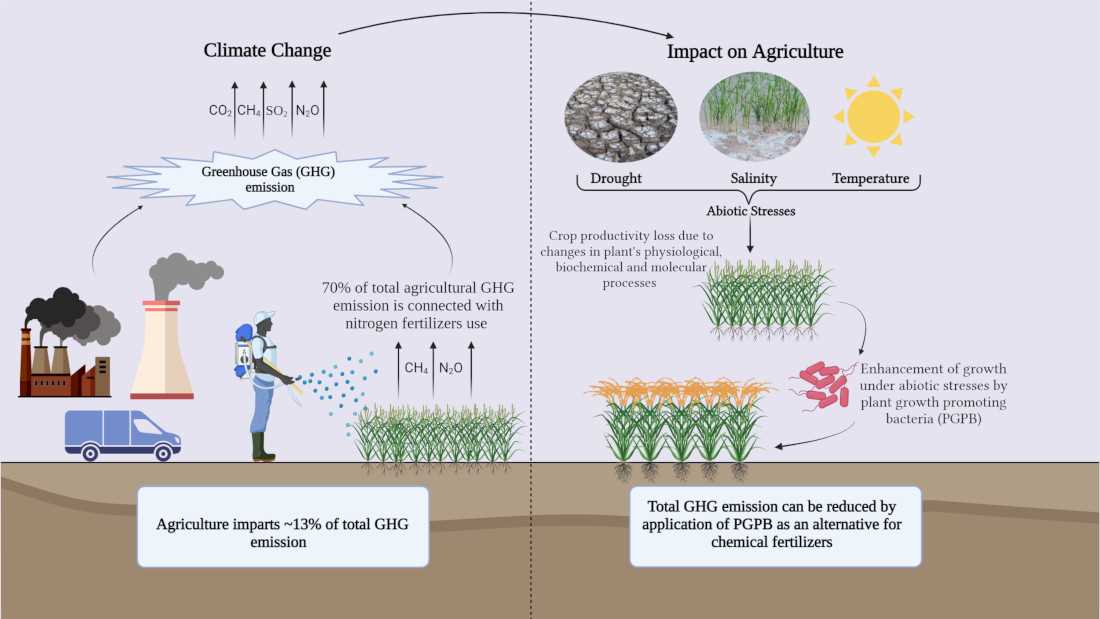
Acidophiles are a group of microbes that have the unique ability to survive and thrive in acidic conditions. These organisms have developed resilient mechanisms to adapt to the extreme stresses posed by highly acidic environments.
Acidic conditions, characterized by a low pH level, can be found in various environments such as acid mine drainage, volcanic areas, and acidic soils. While most organisms struggle to survive in such harsh conditions, acidophiles have evolved specialized strategies to overcome these challenges.
One key adaptation of acidophiles is their ability to maintain a stable internal pH despite the acidic external environment. They achieve this through the production of specific enzymes and transport proteins that regulate the flow of protons across their cell membranes. This allows them to maintain a neutral internal pH, essential for their survival.
Furthermore, acidophiles have developed unique cell structures and biochemistry that enable them to withstand the corrosive effects of acidity. For example, their cell membranes are composed of lipids that are resistant to acidic conditions, preventing leakage of cellular components. Additionally, acidophiles possess robust antioxidant systems that protect their cellular components from oxidative damage caused by acidic environments.
Acidophiles have also developed specialized metabolic pathways to obtain energy and nutrients in acidic conditions. Some acidophiles are capable of oxidizing sulfur compounds, such as sulfuric acid, as an energy source. Others can extract minerals and metals from their environment, utilizing them for growth and survival.
In conclusion, acidophiles are a remarkable group of microbes that have evolved to thrive in highly acidic conditions. Their ability to adapt and survive in such extreme environments showcases their resilience and highlights the incredible diversity of life on our planet.
Alkaliphiles: Surviving in Alkaline Environments
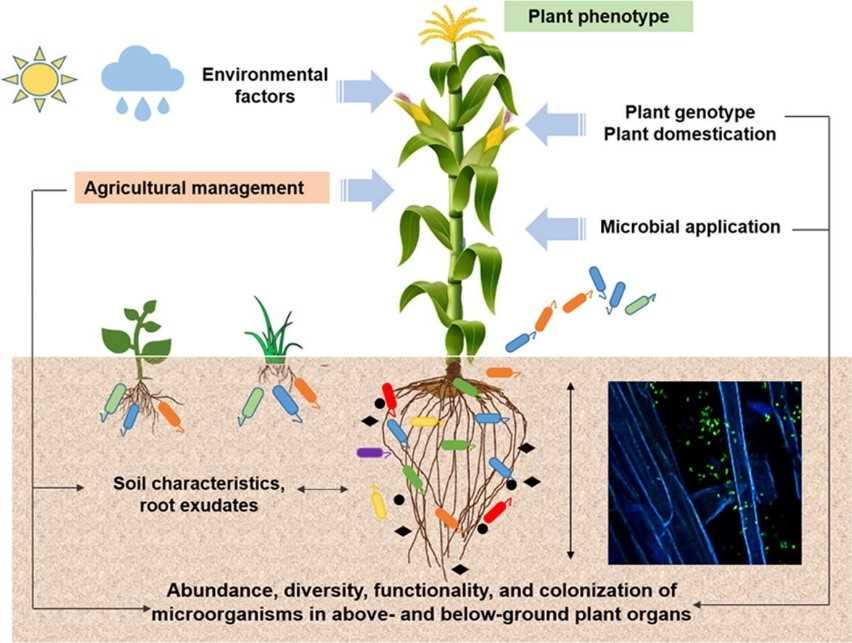
Environmental conditions can vary greatly, and resilient microbes have developed fascinating adaptations to survive in challenging habitats. Alkaline environments, characterized by high pH levels, are one such extreme condition that only a select group of organisms, known as alkaliphiles, can thrive in.
Alkaliphiles are a diverse group of microbes that have evolved unique mechanisms to withstand the harsh conditions of alkaline environments. One of the key challenges they face is the high pH, which can disrupt cellular processes and damage biomolecules. To counter this, alkaliphiles have developed specialized cell membranes that are more resistant to pH changes. These membranes often contain unique lipid compositions, such as branched-chain fatty acids, which provide stability and prevent leakage of cellular components.
Another crucial adaptation of alkaliphiles is their ability to maintain intracellular pH homeostasis. They achieve this through the production of specific ion transporters and enzymes that regulate proton concentration within the cell. This allows alkaliphiles to maintain proper cellular functions and prevent pH-induced damage.
Furthermore, alkaliphiles have evolved enzymes that are active and stable at high pH levels. These enzymes, known as alkaline proteases, lipases, and amylases, play a vital role in the metabolism of alkaliphiles by breaking down proteins, lipids, and carbohydrates. Their stability at high pH makes them valuable for industrial applications, such as laundry detergents and biofuel production.
Alkaliphiles have also developed unique energy generation strategies to survive in alkaline environments. Some alkaliphiles can utilize alternative electron acceptors, such as nitrate or sulfur, in the absence of oxygen. Others have evolved to perform anaerobic respiration using metal ions, such as iron or manganese, as electron acceptors. These adaptations allow alkaliphiles to thrive in environments where oxygen levels are limited.
In conclusion, alkaliphiles are a remarkable group of microbes that have successfully adapted to survive in alkaline environments. Their unique mechanisms for pH homeostasis, specialized cell membranes, stable enzymes, and alternative energy generation strategies enable them to withstand the extreme conditions of high pH. Studying alkaliphiles not only provides insights into the fundamental principles of microbial adaptation but also has practical applications in various industries.
Halophiles: Adapting to High Salt Concentrations
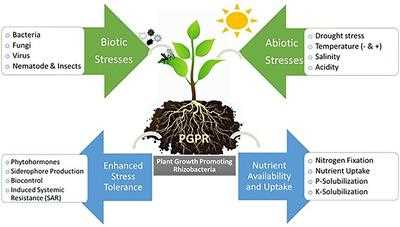
Halophiles are a group of resilient microbes that have adapted to survive in environments with high salt concentrations. These extreme conditions pose numerous stresses on organisms, including dehydration and ion imbalance. However, halophiles have developed unique mechanisms to overcome these challenges and thrive in salty habitats.
One of the key adaptations of halophiles is their ability to maintain osmotic balance in high salt concentrations. They achieve this by accumulating compatible solutes, such as glycine betaine and trehalose, which help them retain water and prevent cellular dehydration. Additionally, halophiles possess specialized ion transport systems that regulate the influx and efflux of ions, ensuring the proper ion balance within their cells.
Furthermore, halophiles have evolved specific enzymes and proteins that function optimally in high salt environments. These proteins are adapted to withstand the denaturing effects of salt, allowing halophiles to carry out essential cellular processes. For example, halophilic enzymes have a higher proportion of acidic amino acids on their surfaces, which helps stabilize their structure and maintain activity in salty conditions.
In addition to these physiological adaptations, halophiles also exhibit unique genetic and metabolic features. Many halophiles possess multiple copies of genes involved in salt tolerance, providing redundancy and increasing their chances of survival in fluctuating salt concentrations. They also possess specialized metabolic pathways that allow them to utilize alternative carbon and energy sources, enabling them to thrive in environments where other organisms struggle to survive.
In conclusion, halophiles are a prime example of the resilience of microbes in adapting to challenging environments. Their ability to maintain osmotic balance, tolerate high salt concentrations, and utilize alternative metabolic pathways has allowed them to thrive in salty habitats. Understanding the mechanisms behind their adaptation can provide valuable insights into how organisms cope with extreme conditions and may have applications in various fields, including biotechnology and environmental science.
Microbes in Hostile Radiation Environments
In the vast realm of environmental stresses, one of the most challenging for microbes to endure is radiation. Hostile radiation environments, such as those found in outer space or near nuclear power plants, pose significant threats to the survival and adaptation of microbial life.
Microbes, however, have shown remarkable resilience in the face of these harsh conditions. Through a combination of genetic mutations and adaptive mechanisms, they have developed unique strategies to withstand and even thrive in hostile radiation environments.
One key adaptation is the production of specialized enzymes that repair DNA damage caused by radiation. These enzymes, such as DNA polymerases and exonucleases, play a critical role in maintaining the integrity of the microbial genome.
Additionally, microbes have been found to possess mechanisms that protect their cellular components from radiation-induced oxidative stress. Antioxidant enzymes, such as superoxide dismutase and catalase, help neutralize harmful reactive oxygen species that are generated during exposure to radiation.
Furthermore, some microbial species have developed the ability to form biofilms, which provide a physical barrier against radiation and other environmental stressors. These biofilms not only shield the microbes from harmful radiation but also facilitate the exchange of genetic material and promote the survival of the microbial community.
In summary, the ability of microbes to adapt and survive in hostile radiation environments is a testament to their remarkable resilience. Through genetic mutations, specialized enzymes, antioxidant mechanisms, and biofilm formation, these microbes have developed strategies to withstand and even thrive in the face of extreme environmental stresses.
Radiotrophic Microbes: Utilizing Radiation for Energy
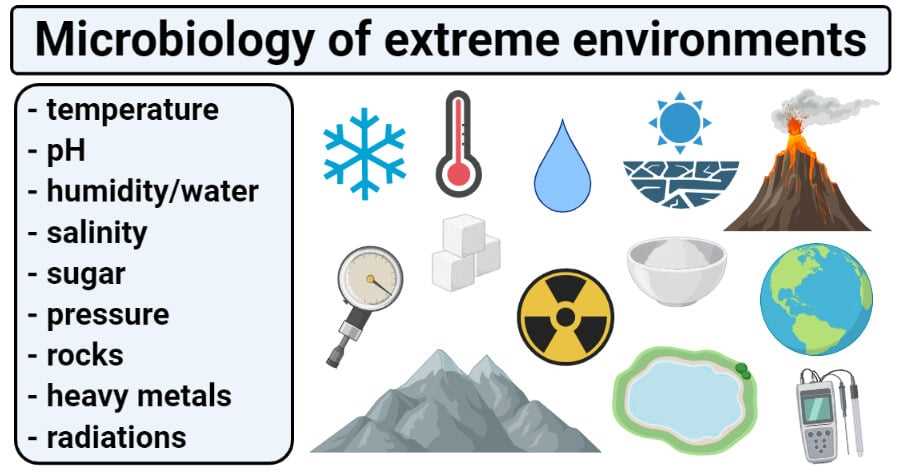
Microbes are known for their incredible ability to adapt and survive in challenging environments. One fascinating example of this adaptation is the ability of certain microbes to utilize radiation as a source of energy.
These radiotrophic microbes are found in environments with high levels of radiation, such as nuclear power plants and radioactive waste sites. While radiation is typically harmful to living organisms, these microbes have developed unique mechanisms to utilize it to their advantage.
One way radiotrophic microbes harness radiation is through a process known as radiolysis. This process involves the breaking down of water molecules by radiation, resulting in the production of highly reactive oxygen species. These reactive species can then be used by the microbes as a source of energy.
In addition to radiolysis, radiotrophic microbes have also been found to possess specialized proteins that can directly absorb radiation and convert it into usable energy. These proteins, known as radiation-absorbing pigments, are similar to the chlorophyll found in plants and allow the microbes to capture and utilize radiation for growth and survival.
Interestingly, the ability of radiotrophic microbes to utilize radiation for energy has implications beyond their own survival. Some researchers believe that these microbes could potentially be used in bioremediation efforts, where they could help clean up environmental contaminants by breaking them down using radiation as a catalyst.
| Advantages of Radiotrophic Microbes | Disadvantages of Radiotrophic Microbes |
|---|---|
| Ability to survive in high radiation environments | Reliance on radiation as an energy source |
| Potential for use in bioremediation | Limited to environments with high radiation levels |
| Unique adaptation to environmental stresses | Potential for genetic mutations due to radiation exposure |
In conclusion, radiotrophic microbes have evolved remarkable strategies to utilize radiation for energy. Their ability to survive in high radiation environments and potentially contribute to bioremediation efforts make them a fascinating area of study. Further research into the mechanisms behind their radiation utilization could lead to new insights and applications in various fields.
Extremophiles in Space: Surviving Cosmic Radiation
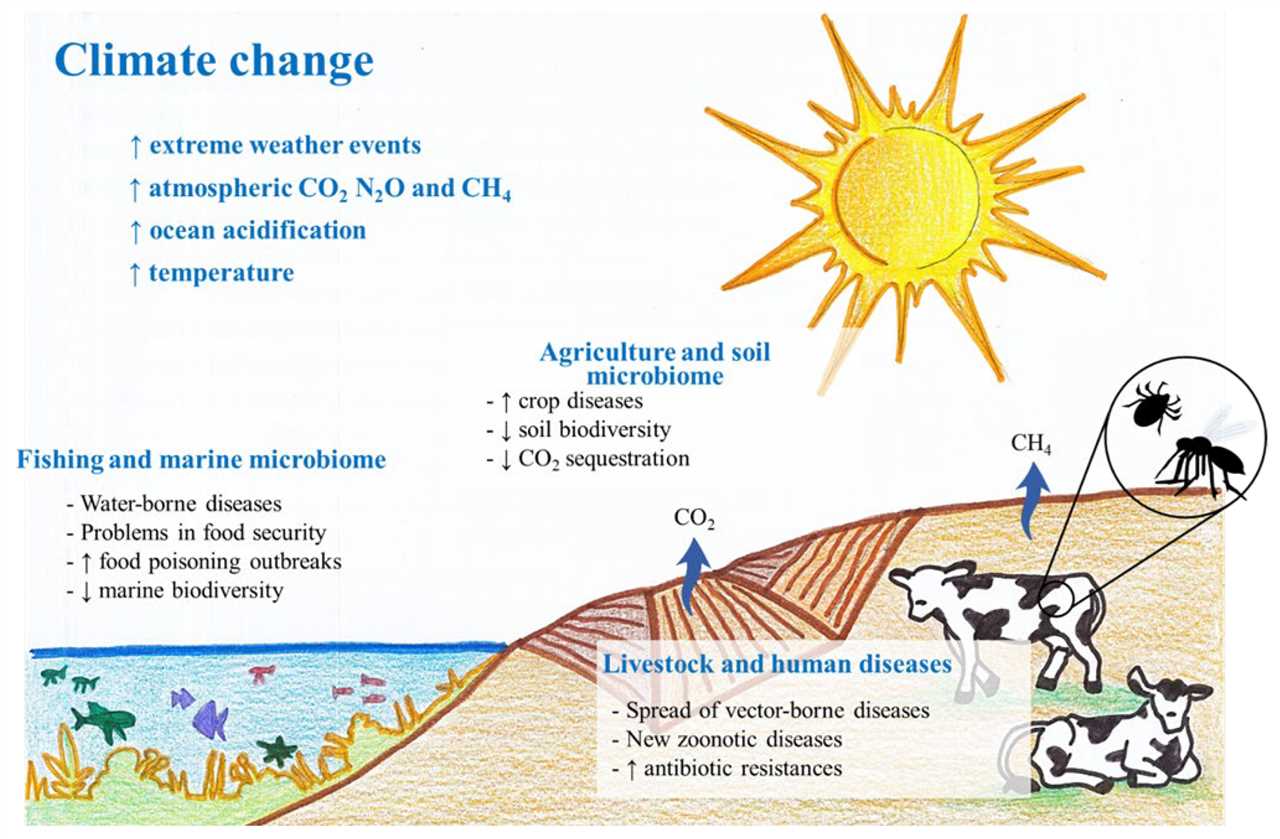
Environmental stresses in outer space, such as intense cosmic radiation, pose significant challenges to the survival of living organisms. However, extremophiles, a group of resilient microbes, have shown remarkable adaptation and survival abilities even in such extreme conditions.
These extremophiles have been found to thrive in various extreme environments on Earth, including volcanic vents, deep-sea hydrothermal vents, and polar regions. Their unique adaptations enable them to withstand high levels of radiation, extreme temperatures, and other harsh conditions.
When it comes to surviving cosmic radiation in space, extremophiles have several strategies. One such strategy is the production of protective pigments, such as carotenoids, which can shield cells from damaging radiation. Additionally, extremophiles possess DNA repair mechanisms that can efficiently fix radiation-induced DNA damage.
Furthermore, extremophiles are known for their ability to enter a dormant state, known as spore formation, when faced with unfavorable conditions. This dormant state allows them to withstand long periods of time without nutrients or water, making them capable of surviving the inhospitable conditions of space.
Studying extremophiles and their survival mechanisms in space can provide valuable insights for future space exploration and colonization. By understanding how these resilient microbes adapt and survive in challenging environments, scientists can develop strategies to protect astronauts and spacecraft from the harmful effects of cosmic radiation.
In conclusion, extremophiles demonstrate their remarkable resilience in the face of cosmic radiation and other environmental stresses. Their unique adaptations and survival strategies make them intriguing subjects for research and potential contributors to the future of space exploration.

I am Patrina de Silva, a psychologist and mental health blogger in Sri Lanka. After obtaining psychology degrees from the University of Colombo and Monash University, I returned home to work as a counselor while also starting the popular blog “Pressy but Happy” to provide advice on psychological issues. Over the past decade, my empathetic articles have made my blog a leading mental health resource in the country. In addition to writing, I maintain a private therapy practice, frequently volunteer counseling time, and conduct seminars, driven by my passion for destigmatizing mental illness and educating the public on the mind-body connection. I strive to be an influential voice in my field through my compassionate approach.
